The choice of what to put on our table - mineral, spring or table water - is wide.
Many people must have hesitated which is the most suitable water. The author of the book Schussler salts and nutrition according to biorhythms gives an answer to this question.
According to her, the water should be clean, low in minerals, natural spring water.
In addition, the spring water itself must be free of harmful substances, and not just purified from them. Nitrate values above 2 milligrams per liter are acceptable but not recommended. Nowadays, people who water have a wide choice of over 400 waters. In order to make the right choice, information about the qualities of the main types of water is needed.
Main components of water
Water mineralization
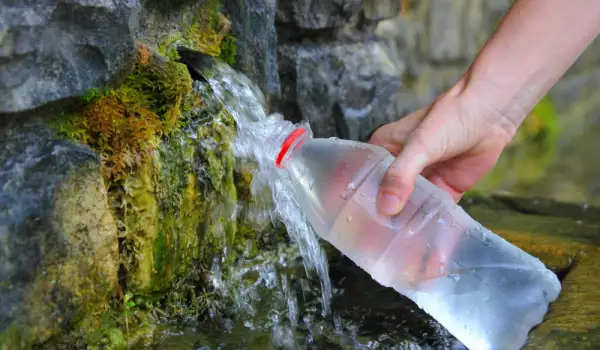
This indicator is about the saturation of the water with minerals. According to it, water is divided into three categories: with very low mineralization is that with up to 50 milligrams per liter, with low mineralization is that with up to 500 milligrams per liter and with high mineralization is that with more than 1500 milligrams per liter. Mineralization must be present on the label of the bottle. Important information is that water with very low mineralization can be drunk without restrictions and continuously, while water with higher mineralization must be alternated with others with low mineralization. Stricter controls apply to children. Water given to kids should not have a mineralization of more than 120 milligrams per liter and the sodium content should not exceed 20 milligrams per liter.
Alkalinity of water
This component monitors the acidity measurement. It is done on a scale from 0 to 14, with water with a pH of 7 being considered neutral, below 7 being considered acidic and water above 7 being alkaline. The optimum pH value is in the range of 7-8. This indicator is measured with the alkaline-acidic balance in the body and is important for the good absorption of minerals.
Sodium content in water
Sodium is important for people with blood pressure and fluid retention problems, so those on a low-sodium diet should choose water with no more than 20 milligrams of sodium ions per liter.
Fluorine content
Maximum doses of fluoride for water are 1.5 milligrams per liter. Water above the permissible values must necessarily have written on the label that it contains above these values. It is not suitable for children under 7 years of age.
The need for this serious control regarding the fluoride content is that it unfortunately cannot be regulated and eliminated properly from the body. This means that in higher quantities it accumulates in the body and causes toxicity.
Place of bottling
It is best to do bottling very close to the drinking source. In this way, the quality and safety of the water are preserved as much as possible.
Basic drinking water

Mineral water
Mineral water is extracted deep from natural mineral springs by drilling. It is enriched by the minerals dissolved in it - the salts.
People should be especially careful with water with high mineralization, because the body becomes oversaturated. If low mineralized water is drunk, it is still necessary to change the source from which it was obtained in order to bring balance to the salts that accumulate in the body. Prolonged intake of mineral water leads to a load on the glands and kidneys.
Spring water
Spring water originates from an underground water body and is extracted through natural spring probes. It comes to the surface of the earth from much shallower soil layers and is usually at a lower temperature. This water has a much lower mineralization, which means that salts do not accumulate in the body and do not affect the body. Spring water is ecologically clean, as it comes from natural deposits, most often in mountainous areas.
Table water

Table water goes through treatment before being bottled. Through various chemical processes, it is purified and therefore the content of mineral substances in it is very small. Drinking water originates from a surface or underground source or is taken from the water supply network, but has been treated to meet the quality standards of water intended for drinking and domestic purposes of consumers. The main difference between table water and mineral and spring waters is that while they are absolutely natural and unprocessed, table water has always undergone processing. It includes filtration, enrichment with minerals or demineralization.
Pink label
Everyone has encountered such waters in stores. For consumers, the pink color of the label it shows that it is suitable for children. Others think it is suitable for everyday use.
It is important to know that not all pink-labeled waters are spring waters. Some brands of table water also use the pink label, but this is not an indication that they possess the unique natural qualities of spring water.
Differences between spring and table water
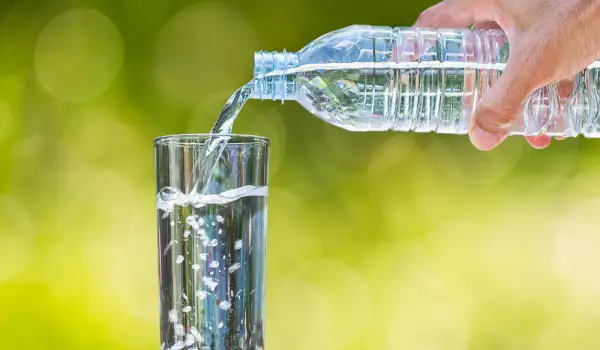
The main difference between these types of water is that each spring water has its own set of characteristic properties and specific mineral composition, which is due to the geological conditions in the area where it is extracted. It is these characteristics that determine the natural qualities of water.
Unlike table water, spring water does not go through any disinfection or other type of chemical treatment before bottling. It is characterized by a precisely defined and constant source of extraction, it has a light and delicate taste, it is distinguished by its low mineralization and the purity of its origin. These characteristics make it a preferred product for daily use. It is completely suitable for pregnant women, babies and small children.
Medicinal properties of waters

Some of these natural waters have medicinal properties and are recommended for certain diseases. Medicinal waters are not subject to the control of the authorities monitoring food products, but to the law on medicinal products. In order for a water to be defined as medicinal, it must have a proven healing effect for certain diseases. Medicinal waters are not a substitute for drinking water. They should only be drunk in connection with any ongoing treatment and for a limited period of time. Since they aim to achieve a precisely defined therapeutic effect, they must be prescribed by a doctor.
When choosing which mineral water to use, it is good to check the label for the region in which the deposit is located, as well as the specific composition of the minerals it contains, because this is the distinguishing quality of one water from another. Especially when looking for the healing effect of mineral water.
As for spring and table waters, the choice is usually based on consumer taste preferences for cleaner drinking water, as well as more variety in terms of water.
Read more:
- How much and what kind of water should we drink;
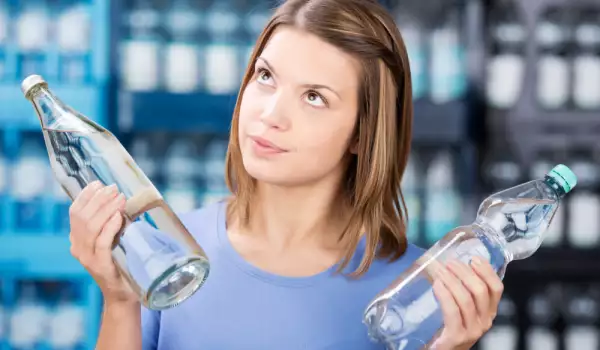
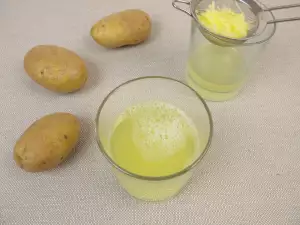

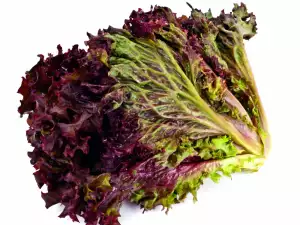

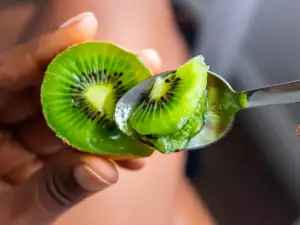


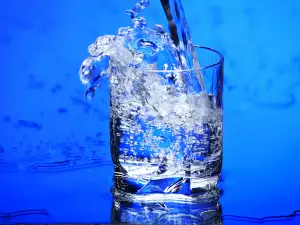



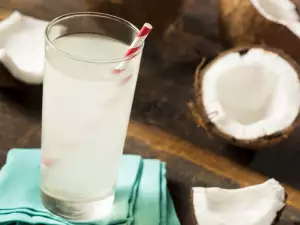







Comments